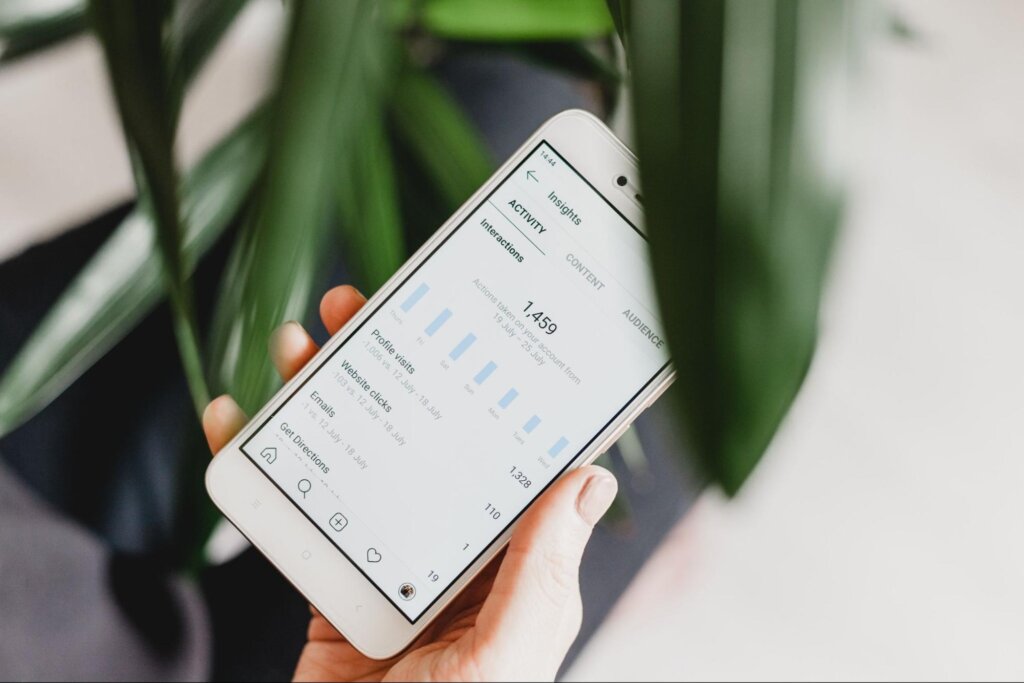If you want your marketing to make a real impact, you need more than good intentions—you need the right data. Whether you’re running social media ads, sending email newsletters, or improving your website, tracking the right metrics helps you understand what’s working (and what’s not).
Let’s take a look at seven key marketing metrics every local business should track to make smarter decisions and drive growth.
1. Customer Acquisition Cost (CAC)
Customer Acquisition Cost (CAC) communicates how much it costs to gain a new customer. It’s calculated by dividing your total marketing and sales spend by the number of new customers you’ve acquired.
Keeping an eye on this number helps you know if you’re spending your budget wisely. Ideally, you want your CAC to go down over time, which means your marketing is becoming more efficient.

2. Customer Lifetime Value (CLV)
Customer Lifetime Value (CLV) is an approximation of how much revenue a single customer might generate over the course of your business relationship with them. It accounts for things like how often they buy and how long they stick around.
A higher CLV means more long-term value from each customer, which can justify spending a little more to bring in the right ones.
3. Conversion Rate
This is the percentage of website visitors who take a desired action—whether that’s filling out a form, signing up for a service, or making a purchase.
If you’re getting plenty of website traffic but not many conversions, it may be time to improve your site’s layout, messaging, or call-to-action.
4. Return on Investment (ROI)
ROI helps you measure the return you’re getting on your marketing spend. In simple terms: are your campaigns bringing in more money than they’re costing?
Tracking ROI lets you compare marketing channels and double down on what delivers the best results.
5. Website Traffic
Your website is often the first place people go to learn more about your business. Tracking website traffic shows you how many visitors you’re getting, where they’re coming from, and what pages they’re engaging with.
This info helps you fine-tune your online presence and attract more of the right kind of visitors.

6. Social Media Engagement
Likes, shares, comments, and clicks on your social posts give you insight into how well your content connects with your audience.
Engagement isn’t just a vanity metric—it can build brand awareness, encourage loyalty, and even lead to new business. The more people interact with your content, the more visibility your business gets.
7. Email Marketing Performance
Email is still one of the most reliable ways to connect with your audience. Keep track of open rates, click-through rates, and unsubscribe rates to see how your emails are performing.
Use what you learn to refine your subject lines, content, and timing to boost engagement—and ultimately, conversions.
Key Takeaways
You don’t need to track everything, but keeping an eye on these seven metrics can give you a clearer picture of what’s working in your marketing—and where to improve.
Numbers like CAC, CLV, and ROI can help you make informed decisions, while traffic and engagement metrics show you how your audience is interacting with your brand.
When you understand the story your numbers are telling, you can market smarter, grow faster, and serve your community even better.